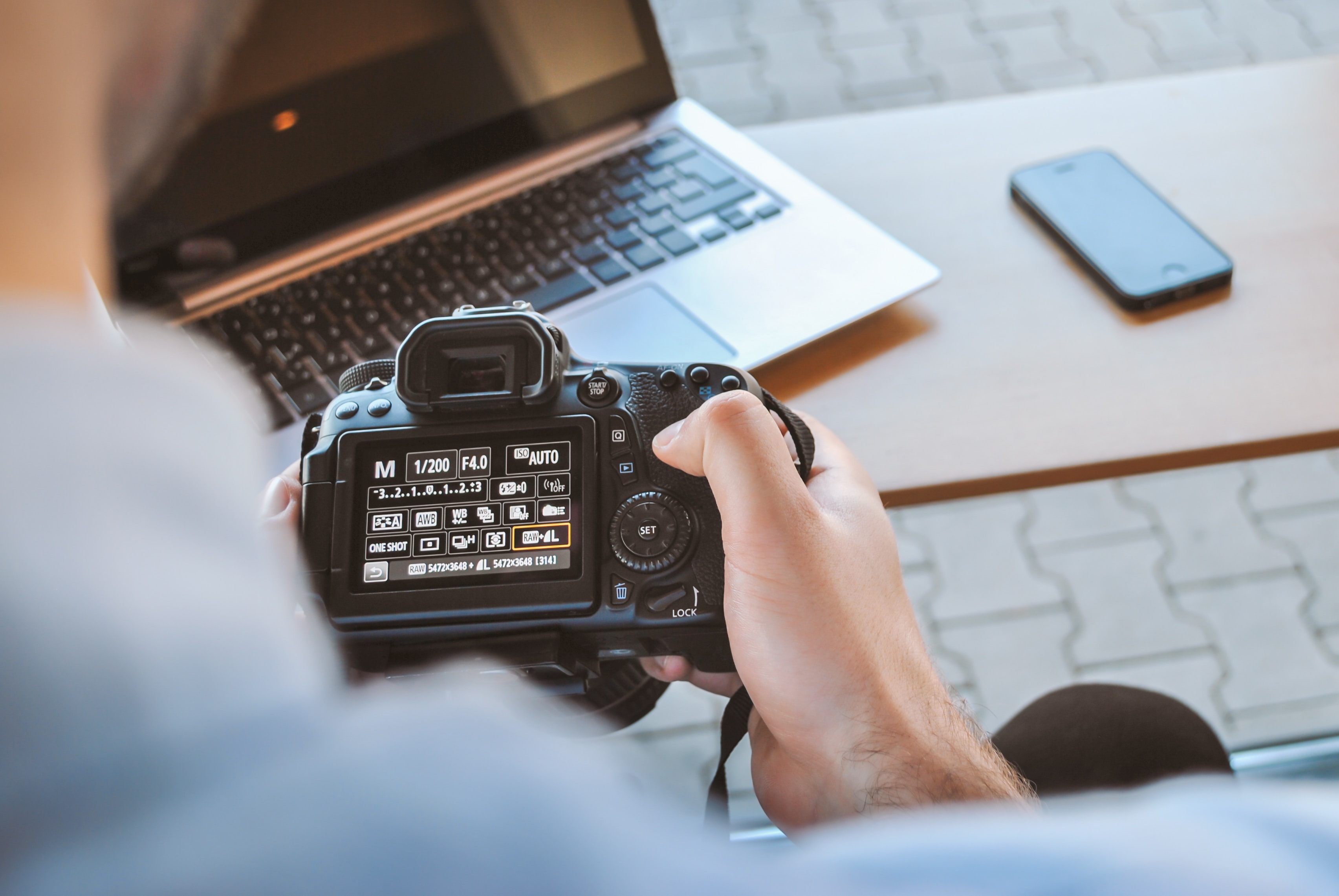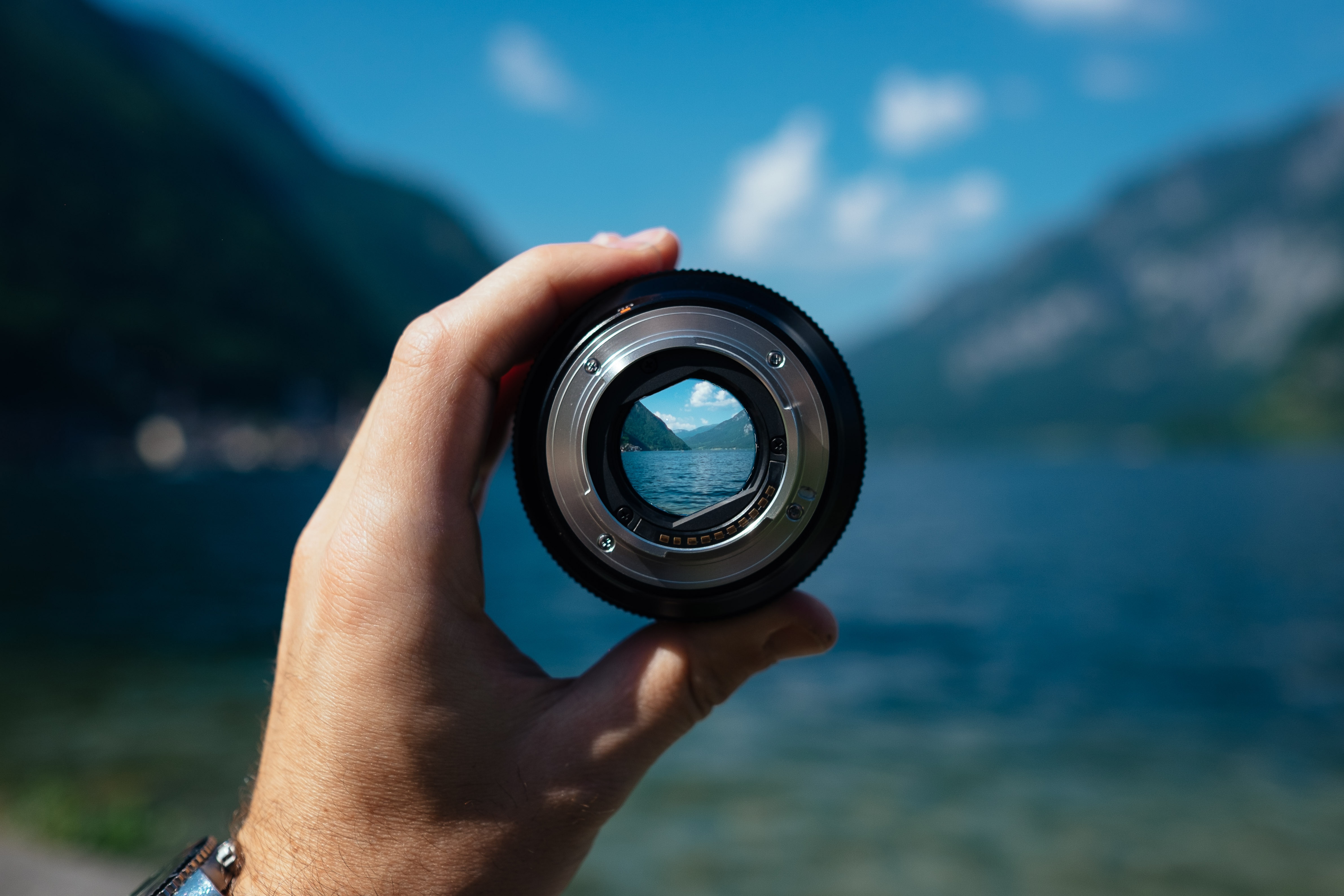Hello again,
Perhaps my camera issues had to do with “The Exposure Triangle” found here. The triangle is composed of three things: aperture, shutter speed, and ISO.

Aperture could be compared to the dilation of pupils in the human eye. It controls the amount of light that enters the camera lens and is captured. The aperture is controlled represented with “f-numbers”. The lower the number, the more light will enter the lens. For landscape shots, a higher f-number is optimal because it allows more of the background to be in focus. However, for portraits, the lower f-numbers are typically used in order to concentrate on the main focus of the photo, and it also causes a slight blurring of the background.
Shutter speed is all about the length the lens is open to the light. having a slower shutter speed will allow light to enter longer and therefore images are typically brighter. This can also cause movement to be blurred across the image. Usually, this is done with respect to water flowing down rocks or a waterfall. Fast shutter speeds are crucial for the sharpness of the image.
When talking about ISO, it is important to have an understanding of what noise is (with respect to photography). “Noise is the result of random fluctuations in an electrical signal.” now I can tell you are thinking to yourself (or maybe aloud), ‘what does that mean?’. Well, noise is basically unwanted interference caused by the camera itself. When the ISO is low, the interference is low. When the ISO is high the noise (or interference is high). So when and why do people use higher ISO levels? Apparently, when working in low light conditions, slow shutter speeds and lower f-numbers (aperture) can only go so far. After decreasing those numbers to a certain level, the image quality drastically decreases. However, when you increase the ISO, the image quality is saved, it will just have some slight interference called noise.

I am now ready to start looking through the lens again.
Till next time,
Preston
Leave a Reply